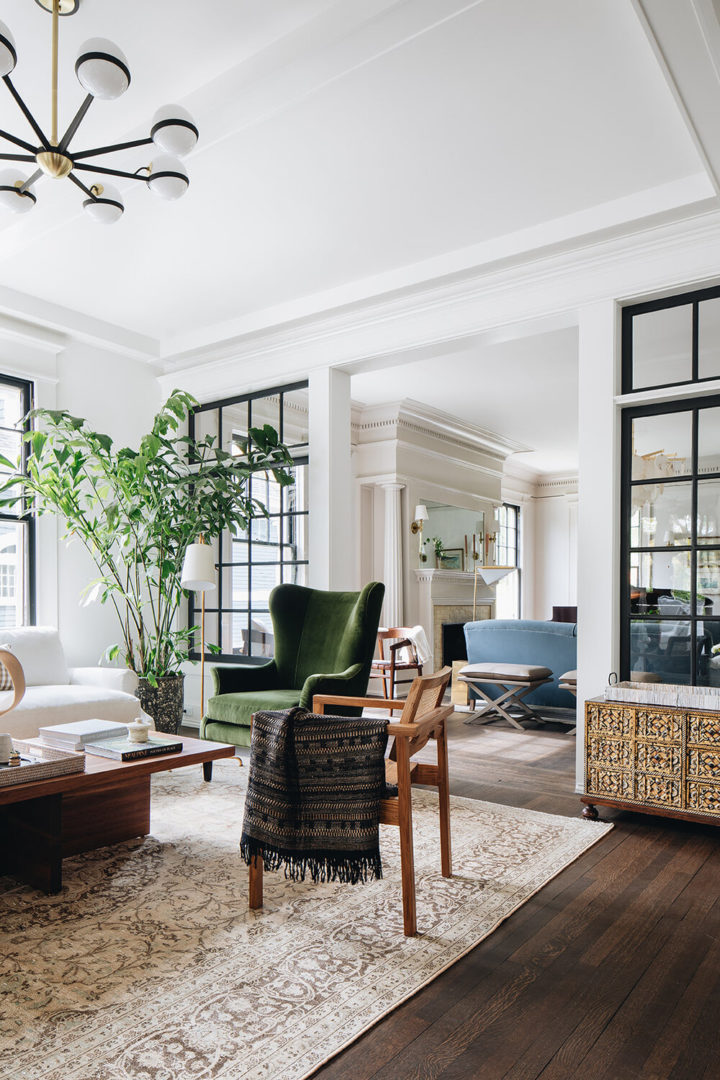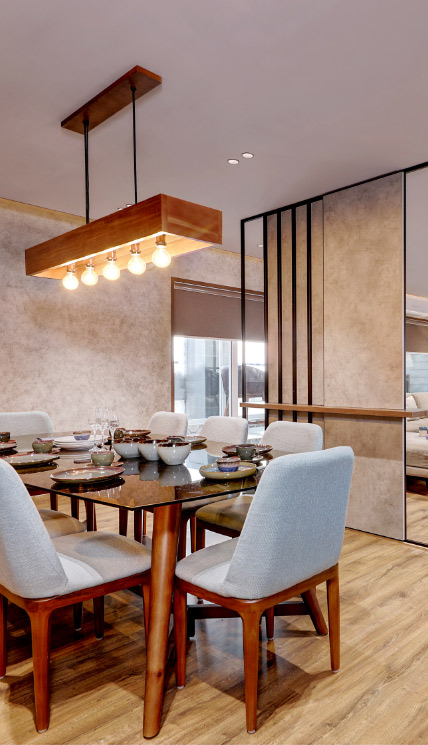Transform your space with expert miami interior design tailored to your style and needs.
Transform your space with expert miami interior design tailored to your style and needs.
Blog Article
Transform Your Home With Vital Concepts of Interior Decoration and Aesthetic Appeals
By comprehending the influence of shade concept and the value of appearance and patterns, one can produce areas that are not only visually appealing yet additionally deeply individual. Accomplishing this stability entails even more than simple design; it includes a strategic arrangement and an eager understanding of exactly how each aspect connects within an area.
Comprehending Color Concept
Comprehending the principles of color concept allows designers to produce rooms that reverberate psychologically with owners while meeting practical demands. Each category plays a vital duty in developing consistency within a room.
The emotional influence of colors is profound; warm colors such as reds and oranges evoke power and heat, while amazing tones like blues and greens promote calmness and tranquility. The use of complementary colors enhances visual interest, creating striking contrasts that can elevate a space's allure.
Neutral shades, on the various other hand, offer as a functional backdrop, allowing other design elements to shine. It is important to consider aspects such as illumination and the space's function when choosing a color combination, as these can change the assumption of shades throughout the day.
Eventually, a well-considered color pattern can transform an area, cultivating a feeling of convenience and style that aligns with the occupants' choices. Mastery of shade theory is, as a result, a vital skill for any kind of indoor developer intending to develop unified and inviting atmospheres.
Achieving Equilibrium in Style
Just how can developers achieve a feeling of balance in their rooms? Accomplishing equilibrium in design is essential to creating unified insides. Designers can use three key sorts of balance: symmetrical, asymmetrical, and radial. Balanced equilibrium involves arranging components uniformly around a central point, cultivating a feeling of order and serenity. This kind usually includes sets of furniture or art work, improving aesthetic stability.
Asymmetrical balance, on the various other hand, relies on differing components that still accomplish a natural appearance. This approach permits for more vibrant and informal arrangements, supplying interest while preserving equilibrium. By thoroughly selecting varying dimensions, colors, and structures, developers can create an aesthetically engaging room that feels well balanced yet energetic.
Radial balance emphasizes a main centerpiece with elements radiating exterior. This design is generally seen in circular layouts, where furnishings and style create a cohesive border that draws the eye internal.
Inevitably, achieving balance needs thoughtful factor to consider of scale, percentage, and the partnerships in between elements. Architecture Firm. By skillfully applying these balance concepts, developers can change rooms right into environments that feel both visually pleasing and functionally unified, boosting the total experience for owners
Importance of Spatial Awareness

A keen sense of spatial understanding permits designers to identify prime focus within an area, directing the viewer's interest to crucial attributes while keeping a total sense of unity. It also aids in the calculated placement of illumination, which can dramatically influence the perception of area and mood. In addition, recognizing spatial partnerships makes it possible for the developer to accommodate the specific needs of residents, guaranteeing that each area serves its desired objective without endangering appearances.
Inevitably, spatial recognition is crucial for optimizing the capacity of any interior room. By meticulously taking into consideration the interaction between dimensions, format, and feature, designers can develop atmospheres that not only fulfill functional requirements yet additionally evoke a sense of comfort and elegance, improving the overall living experience.
Including Structure and Patterns
Embracing a varied variety of structures and patterns can significantly boost the visual and responsive appeal of an interior area. The strategic usage of various products-- such as wood, steel, fabric, and rock-- develops depth and passion, making a space really feel more welcoming and dynamic. For example, integrating smooth surfaces with rough appearances can establish an equilibrium that draws the eye and involves the senses.
When incorporating patterns, take into consideration both scale and repeating. Huge patterns can function as focal factors, while smaller, subtle layouts can enhance other components without frustrating the space. Layering patterns, such as pairing floral pillows with candy striped throws, includes intricacy and a sense of harmony if implemented attentively.
It is likewise crucial to preserve a cohesive color palette, guaranteeing that structures and patterns work together as opposed to complete for focus. By choosing a few key textures and patterns, click now you can produce a combined aesthetic that mirrors your individual style while enhancing the overall ambiance of the area. Inevitably, the cautious consolidation of these elements can change an ordinary area into a sophisticated setting abundant with character and heat.
Individualizing Your Area
Creating an area that reflects your individuality is crucial to accomplishing a truly welcoming atmosphere. Personalization in interior decoration enables you to infuse your distinct design and rate of interests into your home, transforming it from a plain sanctuary into a refuge that talks to that you are. Begin by choosing a color scheme that resonates with your emotions-- bold colors can stimulate, while soft tones supply serenity.
Integrate artwork and decoration that reflect your interests, whether it be resource travel, nature, or abstract principles. Displaying individual collections, such as books, photos, or souvenirs, can evoke valued memories and create focal factors within a room. Furthermore, consider tailoring practical items, like upholstered furniture, to straighten with your aesthetic preferences.

Final Thought
In conclusion, the improvement of a home through the crucial principles of interior decoration and aesthetics requires an extensive understanding of shade concept, equilibrium, spatial understanding, structure, and customization. Each aspect contributes significantly to creating a harmonious and practical living setting - miami interior design. By thoughtfully integrating these concepts, people can enhance the visual allure and psychological vibration of their spaces, eventually promoting a home that mirrors unique identities while providing comfort and functionality
Report this page